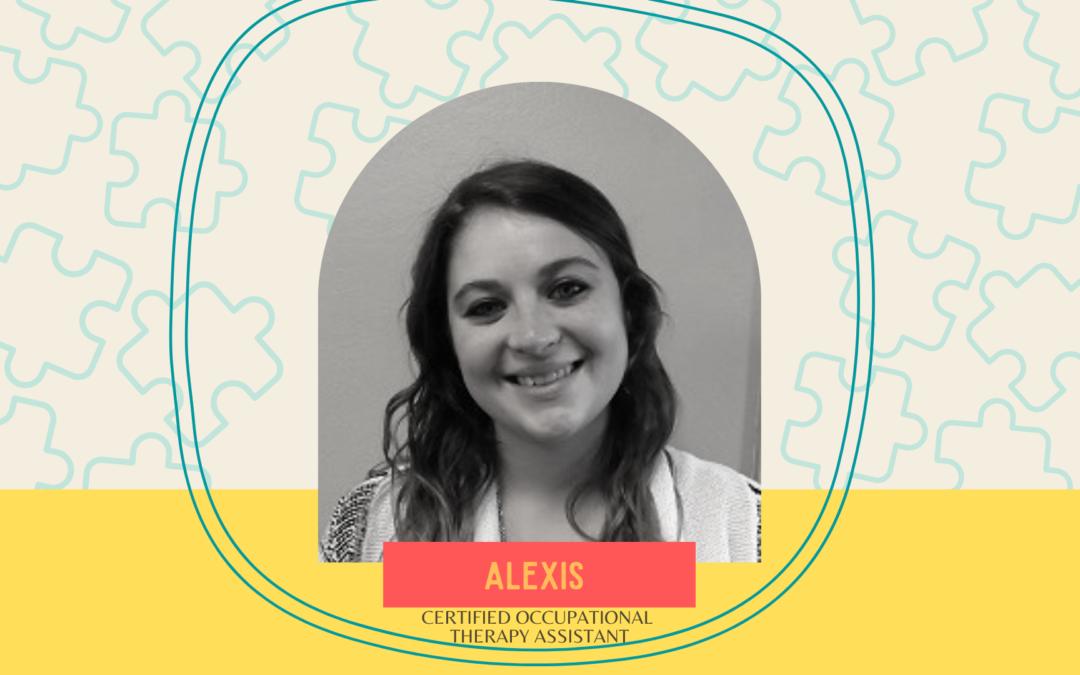Hello! My name is Alexis Ericson and I am a certified occupational therapy assistant (COTA) at Partners In Excellence. I have been practicing as an occupational therapist for a little over 3 years and treat clients at La Crosse. One of the many reasons that I love Partners is that you get to see the clients grow and realize their potential. Occupational therapy plays a large role in our clients gaining independence in their regulation, fine motor, gross motor, and self-help skills.
Today I will be discussing Interoception.
Think about this: Do you ever get really cranky and realize that after eating you were just “hangry?” Or when you’re really crabby and all you needed was a nap? This is the sense called interoception, and on occasion, it doesn’t function as it should.
So what is it? Interoception is a “hidden sense” that’s not often discussed. Interoception is defined as the “perception of sensations from inside the body and includes the perception of physical sensations related to internal organ function such as heartbeat, respiration, satiety, as well as the autonomic nervous system activity related to emotions” (Price, C., & Hooven, C.) In simpler terms, interoception is our brain communicating with our internal organs, and taking appropriate action regarding the sensation. This means if your bladder is full, your bladder communicates this with your brain, and you take appropriate action (going to the bathroom). If your heart is beating faster due to excitement, nervousness, anxiety, etc., your heart communicates this with your brain and your body should adjust appropriately.
Why does this matter? Often, the population we work with has low interoceptive registration, which means their body systems aren’t communicating appropriately with their brains. This can lead to “hangry” kiddos, bathroom accidents, and difficulty with self-regulation, among other things.
What can we do to help our client’s sense of interoception?
- Label your own experiences (ex. “I’m thirsty, I’m going to drink water” or “I feel my heart beating faster, I’m nervous”)
- Participate in mindfulness activities with the clients (meditation, deep breathing, yoga, etc.)
- Heavy work and tummy time activities
- Role-Playing Scenarios (ex. “I’m feeling anxious, what should I do?”)
- Assist the clients with naming their emotions and internal feelings
- Promote calming and alerting strategies
How does occupational therapy help? Occupational therapy assists in promoting client’s interoception by promoting body awareness (through use of vestibular and proprioceptive activities), self-regulation, teaching and implementation of calming and alerting strategies, and self-advocacy.
If you are a parent, and have a general or client-specific question, please contact your occupational therapy team. We’d love to chat more about it!
Our occupational therapy team is excited to continue to contribute to our Partners’ blog this year to offer insight into our field. Be on the lookout for more posts from our occupational therapists and certified occupational therapy assistants!



Recent Comments